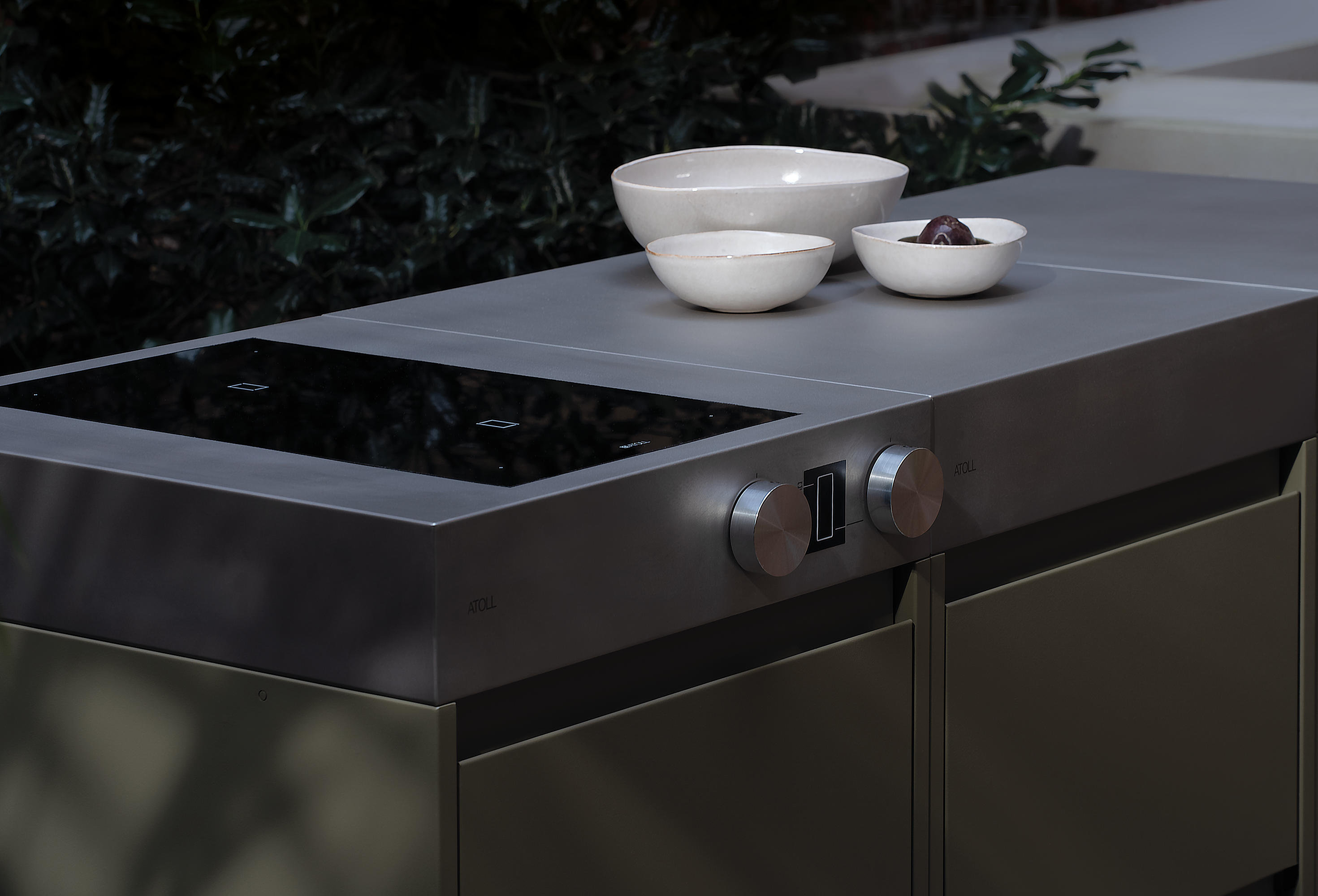
Atoll kitchens represent the pinnacle of culinary craftsmanship and modern design, offering a seamless blend of functionality, innovation, and style. In this comprehensive guide, we explore the intricacies of atoll kitchens, from their distinctive features and layout options to their practical benefits and design considerations.
Understanding Atoll Kitchens
Definition and Origins
Atoll kitchens are characterized by their unique circular or U-shaped layout, which maximizes workspace efficiency and promotes seamless workflow in the kitchen. Inspired by the natural formations of coral atolls, these kitchens are designed to optimize space utilization while creating a visually striking focal point in the home.
Key Features
Atoll kitchens typically feature a central cooking island or peninsula surrounded by countertop space, storage cabinets, and appliances arranged in a circular or U-shaped configuration. This layout allows for easy access to cooking and prep areas from all sides, making it ideal for both solo chefs and collaborative cooking endeavors.
Layout Options
Circular Atoll Kitchen
In a circular atoll kitchen layout, the cooking island or peninsula is positioned at the center of the space, with countertop space and storage cabinets arranged in a circular formation around it. This layout promotes efficient movement and workflow, allowing cooks to access ingredients, utensils, and appliances with ease from any direction.
U-shaped Atoll Kitchen
In a U-shaped atoll kitchen layout, the cooking island or peninsula is flanked by countertop space and storage cabinets on three sides, forming a U-shaped configuration. This layout offers ample workspace and storage capacity while maintaining a compact footprint, making it well-suited for smaller kitchen spaces or open-concept floor plans.
Practical Benefits
Enhanced Workflow
Atoll kitchens are designed to optimize workflow and efficiency in the kitchen, with every element strategically positioned to streamline cooking, prep, and cleanup tasks. The centralized cooking island or peninsula serves as a multifunctional workstation, allowing cooks to move seamlessly between cooking, chopping, and serving areas without interruption.
Ample Storage
Atoll kitchens offer ample storage space for cookware, utensils, and pantry items, thanks to the extensive cabinetry and countertop surfaces that surround the central cooking area. Pull-out drawers, shelves, and organizers maximize storage capacity and accessibility, ensuring that everything you need is within reach when preparing meals.
Versatile Design
One of the key advantages of atoll kitchens is their versatility in design and customization options. From sleek and modern to rustic and traditional, atoll kitchens can be tailored to suit a wide range of design preferences and aesthetic styles. Choose from a variety of materials, finishes, and accessories to create a kitchen space that reflects your personal taste and lifestyle.
Design Considerations
Space Planning
When designing an atoll kitchen, careful consideration must be given to space planning and layout optimization. Ensure that there is sufficient clearance around the central cooking area for comfortable movement and workflow. Allow for adequate countertop space for food prep, cooking, and serving, and allocate storage areas strategically to accommodate kitchen essentials.
Lighting
Proper lighting is essential in atoll kitchens to enhance visibility and functionality in the workspace. Incorporate a combination of task lighting, ambient lighting, and accent lighting to illuminate different areas of the kitchen effectively. Pendant lights above the cooking island or peninsula can provide focused task lighting, while recessed ceiling lights and under-cabinet lighting can brighten the surrounding areas.
Material Selection
Choose durable and easy-to-maintain materials for countertops, cabinetry, and flooring in your atoll kitchen. Consider materials such as quartz or granite for countertops, as they offer durability, heat resistance, and a wide range of color options. Opt for hardwood or laminate flooring for easy cleanup and long-lasting durability, and select high-quality cabinetry with solid construction and ample storage features.
Maintenance Tips
Regular Cleaning
Maintain the cleanliness of your atoll kitchen by regularly wiping down countertops, cabinetry, and appliances with a mild soap solution and warm water. Use a soft cloth or sponge to remove spills, stains, and grease buildup from surfaces, and dry them thoroughly to prevent water damage or discoloration.
Organized Storage
Keep your atoll kitchen organized and clutter-free by storing utensils, cookware, and pantry items in designated storage areas. Use drawer organizers, shelf dividers, and pull-out racks to maximize storage capacity and accessibility, and declutter countertops to create a spacious and functional workspace.
Routine Maintenance
Perform routine maintenance checks on appliances, plumbing fixtures, and ventilation systems in your atoll kitchen to ensure optimal performance and safety. Inspect appliances for signs of wear or damage, clean filters and vents regularly, and address any issues promptly to prevent costly repairs or replacements down the line.
Seasonal Updates
Consider seasonal updates or decor changes to refresh the look and feel of your atoll kitchen throughout the year. Swap out accessories such as rugs, curtains, and decorative accents to reflect changing seasons or holidays, and update hardware or lighting fixtures to add a fresh touch to the space.
Atoll kitchens embody the perfect balance of form and function, offering a harmonious blend of style, efficiency, and practicality. Whether you prefer a circular or U-shaped layout, atoll kitchens provide an ideal space for cooking, entertaining, and gathering with loved ones. With thoughtful planning, design considerations, and maintenance practices, you can create a stunning atoll kitchen that elevates the heart of your home to new heights of culinary excellence.
